
views
Adding Kombucha to Your Diet

Start off drinking small amounts of kombucha. It's best to start slow whenever you add something new to your diet, especially fermented items. Start with a few sips to get used to the flavor. The first few times you drink kombucha, stick to 3 or 4 fluid ounces (89 or 118 mL) or less 2 to 3 times per day. Kombucha changes your microbiome, or gut bacteria. Drinking a large amount without easing yourself into it can cause an upset stomach. You can get the best probiotic potency by drinking kombucha on an empty stomach.
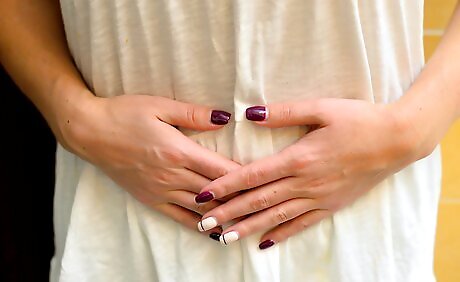
Note any unusual side effects, such as bloating or gas. Some people experience mild, temporary stomach upset, nausea, or changes in bowel movements. Serious side effects, such as allergic reactions, are rare. Signs of an allergic reaction include rash, swelling of the hands or face, trouble breathing, and an itchy sensation in the mouth or throat. Seek medical attention if you experience symptoms of a food allergy. If you get an upset stomach, drinking water may help you feel better. If you want to keep drinking kombucha, limit your daily intake to 4 fluid ounces (120 mL) and drink a full glass of water after consuming kombucha.
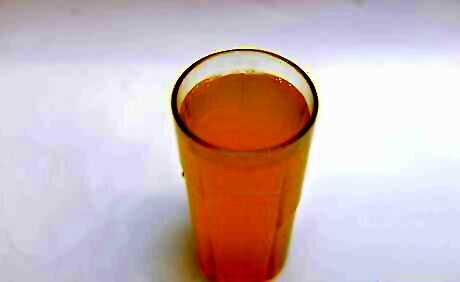
Drink up to 12 fluid ounces (350 mL) of kombucha per day. The U.S. American Nutrition Association advises limiting consumption to 4 fluid ounces (120 mL) at a time up to 3 times per day. Drinking any more than that doesn't offer any extra health benefits. Other authoritative agencies suggest capping daily consumption at 4 fluid ounces (120 mL), so start from there and see how it affects you. Kombucha is generally considered safe for healthy people to drink. Just keep in mind consuming too much kombucha or other fermented products can lead to undesired side effects, such as mild gas or bloating.
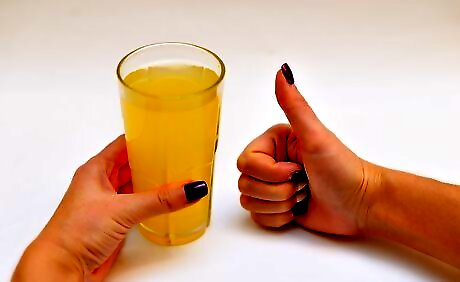
Take claims of health benefits with a grain of salt. Fans of kombucha argue that it can help treat medical conditions ranging from high blood pressure to cancer. However, there's not much evidence for most of the health benefits attributed to kombucha. If it makes you feel good, drink it, but try not to think of it as a cure-all. There is evidence that the healthy bacteria found in kombucha and other fermented products are good for the digestive system. It also may contain small amounts of beneficial nutrients and antioxidants.
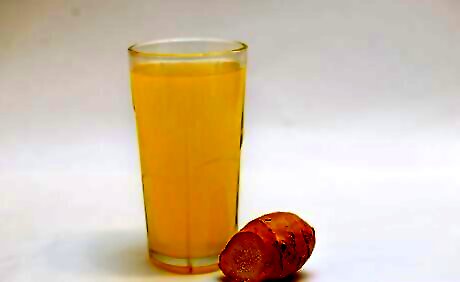
Try tasting different flavors of kombucha. Kombucha comes in a variety of flavors, such as ginger, lemon, mango, raspberry, and strawberry. Buy bottles of different flavors at your local grocery or health food store, and see which ones you like best. You could also look online for nearby kombucha taprooms or tasting rooms. If there's one nearby, you can order flights of assorted kombuchas, and talk to brewers about their techniques and flavoring agents.
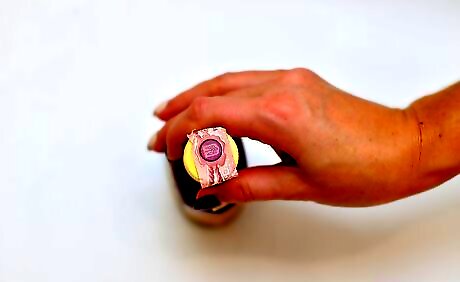
Go for glass-brewed kombucha with natural ingredients. Check the label, and make sure it notes the kombucha was brewed in glass. Read the ingredients, which should list tea, water, sugar, and culture, along with natural flavorings, such as ginger or citrus. Finally, unless you have a weakened immune system or are pregnant, choose unpasteurized kombucha. Pasteurization kills the good bacteria along with the bad. Since kombucha is acidic, it's safe to drink unpasteurized. Note that pasteurized products are the safest choice if you have a weakened immune system or are pregnant. Brewing kombucha in plastic or steel can cause leeching, so products brewed and stored in glass are the best choice. Dark glass is also preferable to clear glass. Dark glass helps filter light, which can damage probiotic bacteria.
Taking Safety Precautions

Avoid drinking kombucha if you have a weakened immune system. Kombucha and fermented foods, such as sauerkraut and kimchi, can cause infections in people with compromised immune systems. Talk to your doctor first if you have an immune condition, such as HIV/AIDS, are sick, have recently had surgery, or take a medication that affects your immune system. Medications that weaken the immune system include corticosteroids, chemotherapy, and radiation therapy. It's especially important to avoid home-brewed kombucha if you have an immune condition. Pasteurized commercially brewed products are the safest choices.
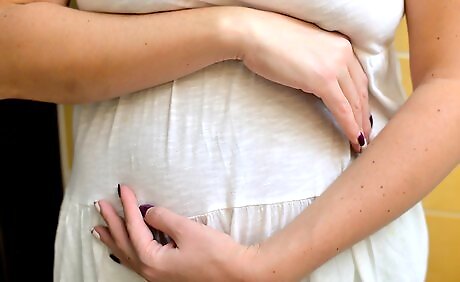
Don't drink kombucha if you're pregnant or breastfeeding. Pregnant women have weaker immune systems and are at a greater risk of getting sick. Additionally, kombucha contains caffeine and alcohol, which should both be avoided during pregnancy and while breastfeeding. It's especially important to avoid unpasteurized and home-brewed kombucha. Home-brewed kombucha is more likely to contain harmful bacteria and higher amounts of alcohol.

Consult your doctor first if you have a preexisting condition. Kombucha may also cause undesirable effects for people with conditions other than weakened immune systems. For instance, it can affect blood sugar levels in people who have diabetes and take insulin. Don't use kombucha to treat any medical condition or use it in place of medication prescribed by your doctor or pharmacist. Don't stop taking any prescribed medication without consulting your prescriber.

Check a product's label for information about its alcohol content. As a result of the fermentation process, kombucha contains small amounts of alcohol. Store-bought products that contain less than 0.5% ABV (alcohol by volume) are not legally considered alcoholic beverages. However, be sure to check product labels, as some contain levels of 2.5% or greater. If you're a recovering alcoholic or can't drink alcohol, avoid drinking kombucha or go for products with an ABV less than 0.5%. If you like trying out new alcoholic beverages, you can find kombucha beer that contain 5 to 8% ABV. Remember to always drink responsibly. Even if it seems like a healthy drink, kombucha beer is an alcoholic beverage with the same content of alcohol as a standard beer.
Making Your Own Kombucha

Acquire a safe SCOBY online or from a kombucha-making friend. See if you can get a SCOBY from a knowledgeable, experienced friend. Alternatively, search online for a local fermented food co-op or a health store that carries SCOBY. SCOBY is an acronym that means “symbiotic culture of bacteria and yeast.” These are microscopic organisms that ferment tea and sugar, which turns these ingredients into kombucha. Get your SCOBY from a reliable source. It's a colony of bacteria and yeast, so you want to make sure it's been properly cultured. Always inspect your SCOBY for mold, fungal growth, or strange discoloration before using it. A SCOBY looks like a filmy, light-brown, beige, or deep yellow mat. It's typically stored in the fridge or at room temperature in a small amount of already-fermented kombucha. To avoid contaminating it, wear non-latex gloves when handling a SCOBY. For help in keeping SCOBY safely stored, see How to Store SCOBY.
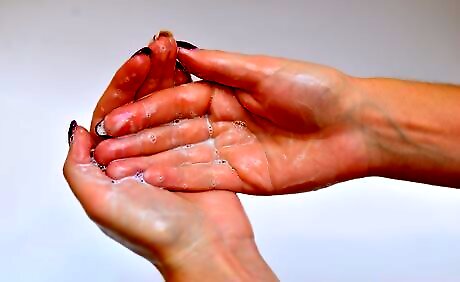
Wash your hands and sanitize containers and utensils. Unsanitary conditions can lead to a contaminated batch, which can cause serious illness. Wash your hands for at least 20 seconds with hot water and soap before brewing kombucha. Wash containers and utensils with hot, soapy water, then wipe down all surfaces with a paper towel dipped in distilled vinegar. Wear non-latex gloves while you prepare your batch to further reduce the risk of contamination.
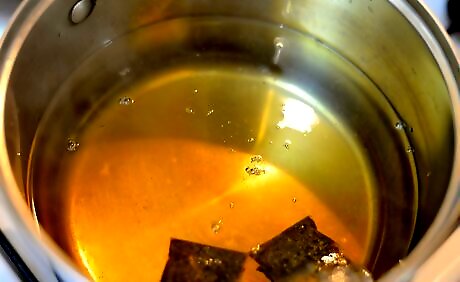
Boil 1 cup (240 mL) of distilled water, then add sugar and the tea bags. Bring the filtered or distilled water to a boil in a small saucepan over medium heat. Add 1 cup (198 g) of white granulated sugar, and stir until the sugar is dissolved. Remove the pan from the heat, add 8 to 10 black or green tea bags, and steep the tea for 10 minutes. Use only black or green tea to make kombucha. Herbal teas or teas with added flavors can affect the health of the culture.
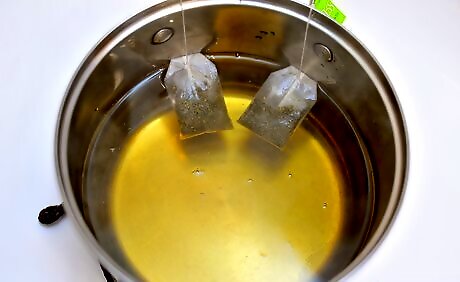
Cool the tea to room temperature, then pour in the remaining water. Remove the bags after you've steeped the tea for 10 minutes. Pour the sweetened tea into a 1 gallon (3.8 L) glass jar or container. Once it has cooled to about 70 to 80 °F (21 to 27 °C), add 3 ⁄2 US quarts (3.3 L) of room temperature filtered or distilled water. The ideal temperature to ferment kombucha is 72 to 84 °F (22 to 29 °C).
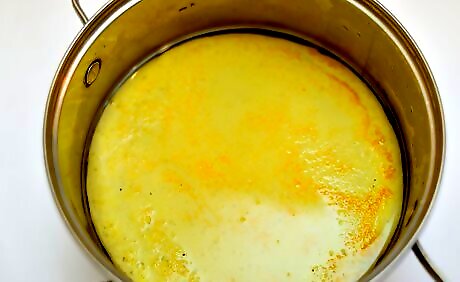
Add the SCOBY and cover the container with a coffee filter. Your SCOBY will most likely be stored in a small amount of already-brewed kombucha. When the sweetened tea has cooled to 72 to 84 °F (22 to 29 °C), pour both the SCOBY and the already-brewed kombucha into it. Then cover the top of the jar with 1 to 2 coffee filters, and secure them tightly over the rim with rubber bands. The starter liquid that the SCOBY is stored in will help hasten the fermentation process. Generally, SCOBY are stored in about 1 cup (240 mL) of already-fermented, unflavored kombucha. If your SCOBY isn't stored in kombucha, you should still add unflavored kombucha to the sweetened tea help encourage fermentation.
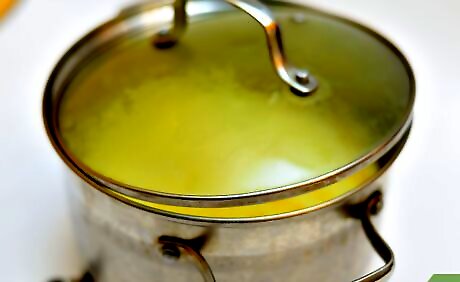
Allow the kombucha to ferment at room temperature for 7 to 10 days. Keep the jar out of direct sunlight during the fermentation process. Do your best to keep it in a spot that stays at a constant temperature between 72 and 84 °F (22 and 29 °C). The pantry or a cupboard above your stove could be good storage options. If you like to bake bread, think of spots around the house where you like to proof your dough. Warm, dark environments that promote yeast growth in bread dough would similarly encourage your kombucha to ferment.
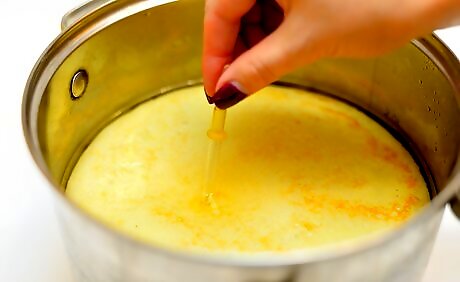
Test the pH after fermentation. Use a digital pH reader or a home kit with pH test strips, which you can find online and at many major retail stores. Make sure your fermented batch has a pH between 4.2 and 2.5. It needs to be acidic in order to prevent harmful bacterial growth, but too much acidity isn't good for you. The lower the number, the higher the acidity. A pH of 2.5 is more acidic than a pH of 4.2, and 7 is pH neutral. If the pH doesn't reach 4.2 in 7 days, discard the batch and start over, preferably with a new store-bought culture.
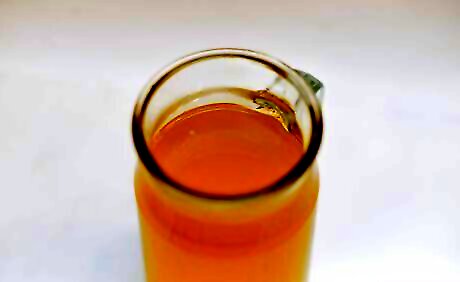
Pour most of the brew into a separate container to add flavorings. After you've reached a pH under 4.2, pour out the jar's contents, leaving behind the SCOBY and about 1 cup (240 mL) of kombucha. Pour the batch into smaller separate containers, and try flavoring your kombucha with varied ingredients. Add flavoring agents to 6 cup (1.4 L) portions of your kombucha, and use a wooden spoon to muddle them into the liquid. Try adding 2 ounces (57 g) of fresh sliced ginger and 2 cups (470 mL) of apple cider vinegar to 6 cups (1.4 L) of your kombucha. For a fresh citrus flavor, mix ⁄4 cup (59 mL) each of lemon and lime juice with 6 cups (1.4 L) of kombucha. Add ⁄2 cup (120 mL) of thawed, muddled frozen berries and 2 ounces (57 g) of fresh sliced ginger for a berry kombucha.
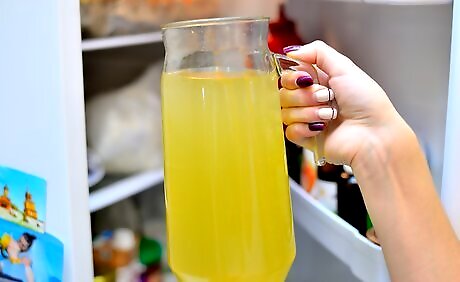
Strain your kombucha, if desired, and store it in the fridge. Strain your kombucha through a fine sieve if you want to remove pieces of ginger or yeasty residue. Store your kombucha in airtight containers in the fridge, and try to drink it within 6 months. Refrigerated kombucha doesn't truly expire, but the alcohol content will slowly increase and the flavors will change over time.
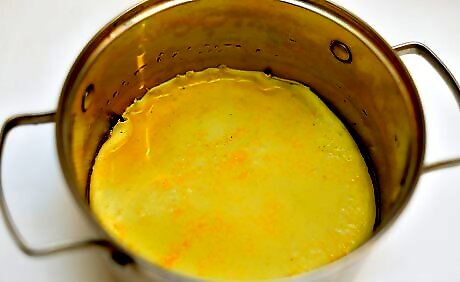
Reserve about 1 cup (240 mL) of the batch to store the SCOBY. Transfer the SCOBY and the remaining 1 cup (240 mL) unflavored kombucha from the large jar to a smaller, sterilized lidded container. To pause the fermentation process, store the sealed container in the refrigerator for up to 3 months. Within 3 months, use the stored SCOBY to make a new batch of kombucha. Repeat the fermentation steps, and add the SCOBY and the 1 cup (240 mL) of kombucha you've stored it in to freshly brewed sweetened tea. You can continue to reuse the SCOBY to brew batches of kombucha, as long as you refrigerate it to pause the fermentation process and make a fresh batch within 3 months. Just make sure it doesn't have any unusual growths or discoloration. It'll grow larger; if you'd like, cut off 2 to 3 in (5.1 to 7.6 cm) slices and give them to a friend.

Finished.



















Comments
0 comment